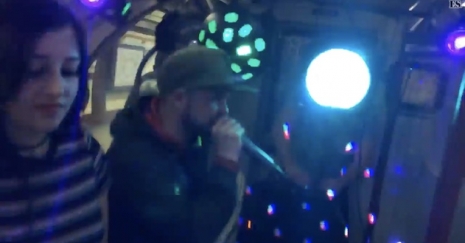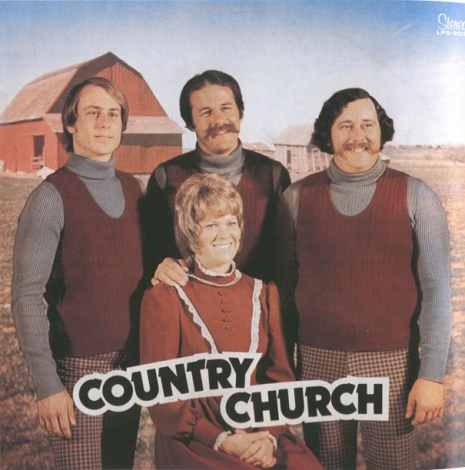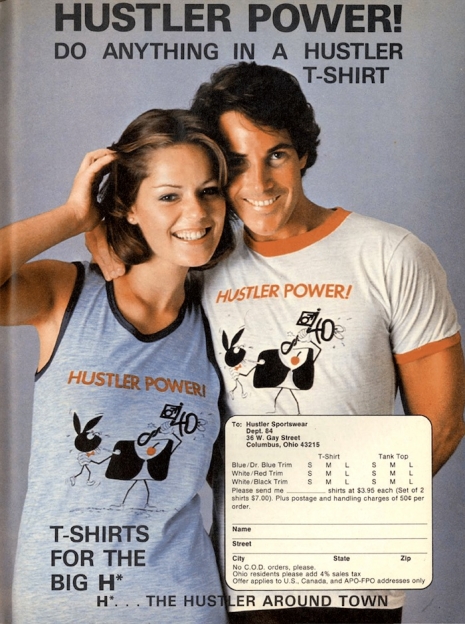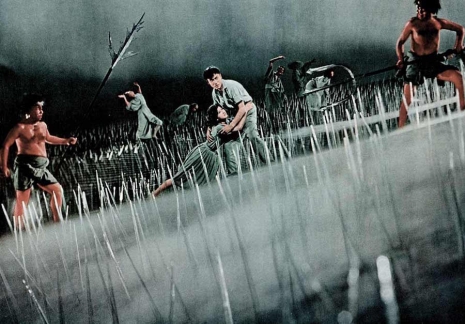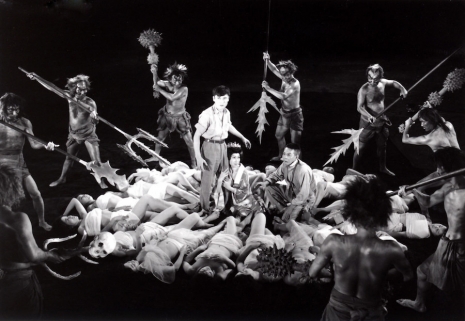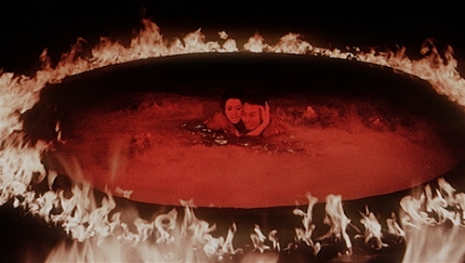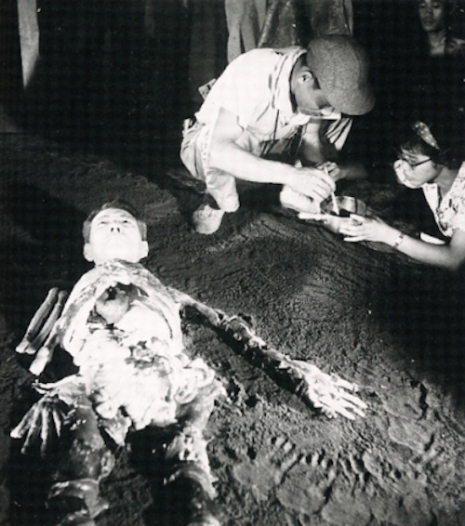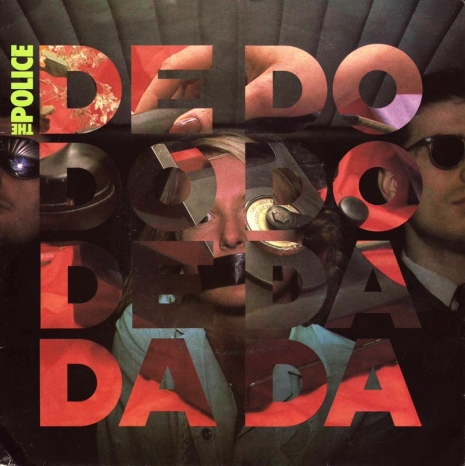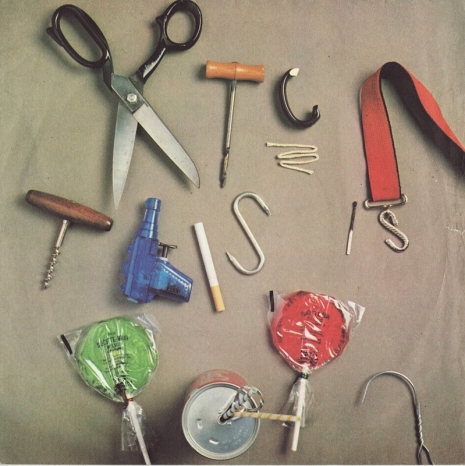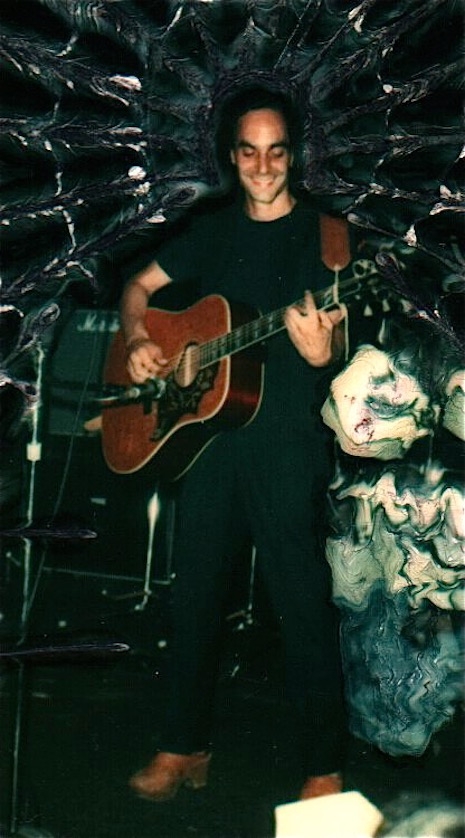
Yesterday, we told you about “tax scam records,” and the incredible story of Richard Goldman, the exceptional singer-songwriter who made the shocking discovery that two versions of an album—largely made up of his tunes—had been released without his knowledge. But that’s not the end of this strange tale. Decades had gone by, when Richard happened upon yet another LP of his songs, the vinyl pressed up by a similarly mysterious record company. How did this happen—again?

Sweethearts was released by Granya Records in 1977. The album was comprised of studio demos Richard recorded between 1971 and 1974. Sweethearts was distributed by Album World, a division of International Record Distributing Associates (a/k/a IRDA). Based in Hendersonville, Tennessee, IRDA was formed in 1974 by Hank Levine and Mike Shepherd, two record industry veterans. The year they opened for business, the pair told Billboard magazine that IRDA was an “association of small independent labels, with the strength and distribution of a major label.”
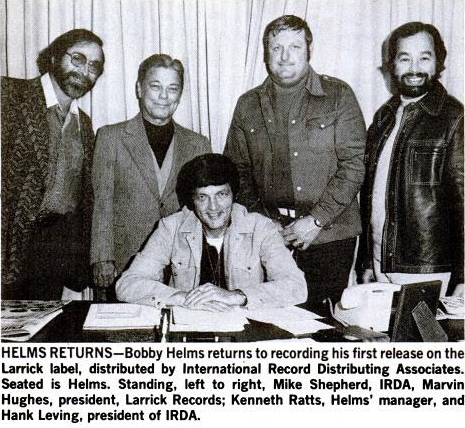
Billboard magazine clipping, 1975.
By 1977, IRDA was manufacturing tax shelter albums for a variety of labels, many of which seem to have been established solely to take advantage of the tax credit. Levine and Shepherd were responsible for creating the finished product and then distributing the records via their Album World and Album Globe subsidiaries. It isn’t known how many tax shelter albums Levine and Shepherd distributed, but it’s estimated to be well over 100 titles, including LPs of Beatles and Led Zeppelin material.

‘The Fantastic Dena Carrol,’ Lanark Records, 1977. Distributed by Album World. The cover art recalls both Marilyn Monroe and a certain Lou Reed LP. Note the price tag.
The conventional wisdom among collectors of “tax scam records” is that Levine and Shepherd sold tax shelters to investors and then created new, fake record labels for each release. But that wasn’t the case. What happened was, the labels—companies that were often established for one-time only tax shelter albums—came to Levine and Shepherd. In the tax shelter orbit, it was known that they could do the required work.
I spoke with Jack Millman, one of the biggest players in the tax shelter game. Millman had a trove of master recordings—obtained through various connections in the music industry—which he would sell to individuals who wanted to create a tax shelter album. He told me about the people in his circle, and that included Levine and Shepherd. As part of a 1985 federal case—in which the investor in a tax shelter record was denied tax credits related to said album—the court noted Millman had recommended the services of IRDA to the investor.
Album Globe distributed the tax shelter record comprised of Christmas messages recorded by the Beatles, but Levine and Shepherd were removed enough from the equation that neither they nor their companies are mentioned in the lawsuit filed by the group’s lawyers.
Granya Records was likely just another tax shelter label hipped to the professional services of Levine and Shepherd. Sweethearts is the only known Granya release. Who exactly was behind Granya is still unknown, though I have a hunch.

Through my research, I learned that Granya, Incorporated was established in 1975, listing a post office box in San Marino—a city in Los Angeles county—as their address. The owner of the company is also the CEO of a real estate agency in Southern California. I called the agency, and left messages requesting an interview on the CEO’s personal voicemail, but have yet to receive a response.
In 1977, the year Sweethearts was released, Granya, Incorporated was the only registered company in the United States using the name “Granya.”
But who provided the tape of Richard’s songs? Keep reading after the jump…












